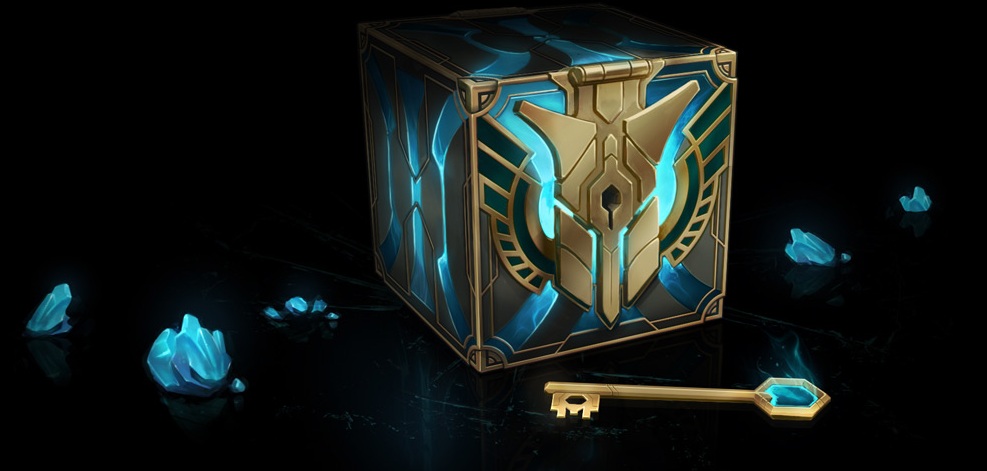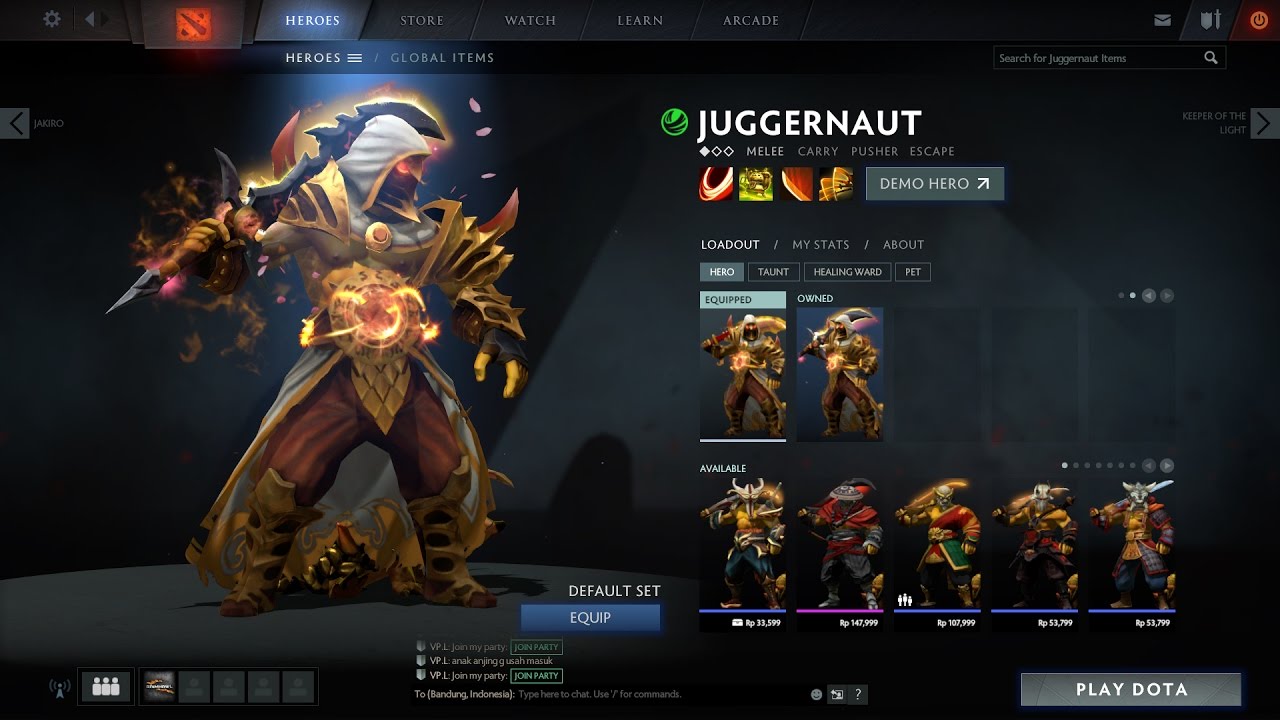Physical Address
304 North Cardinal St.
Dorchester Center, MA 02124
Physical Address
304 North Cardinal St.
Dorchester Center, MA 02124

The Steam games platform, owned and operated by Valve, offers a marketplace to its players where they can earn in-game items or even digital trading cards that all have a monetary value. This value varies, depending on the rarity of the item or card.
In esport titles like CS:GO and Dota 2, these items are often in-game cosmetic “skins” which alter the look of your weapon. You can earn these skins by paying to open loot boxes or by receiving additional in-game drops. Let’s run through the ins and outs of skin betting, including why punters place skin bets and whether you can legally place bets using esports skins.

Skin betting is much like regular esports betting, but in-game items —frequently referred to as skins— are used as currency instead of money. Aside from this difference, skin betting bears much resemblance to the real-money betting that we all know and love.
Typically carried out with skins from popular esports titles such as Counter-Strike: Global Offensive and Dota 2, these items can include weapon camouflages. These esports titles, as well as others such as PUBG, list the value of each skin in an inventory system, which gives players and esports fans an incentive to collect them. The rarer the item, the higher its value.
You put your skins on the line, betting them on a particular elements of a game, be that a match win, series win, or even first blood, with the chance of winning virtual currency. Of course, exactly how much you win is dependent on the given odds, which can vary between esports betting sites.

Skin betting became popular in 2013, when it became possible to trade skins in CS:GO, but it wasn’t until almost two years later that it became available at a wide range of sites.
Part of the reason skin betting became so popular is that it’s so easy. Betting with skins means that bettors didn’t need to provide any sensitive information such as bank card details. The only thing needed was your steam URL.
The absence of real money meant that skin betting isn’t perceived as traditional gambling – even though skins were being placed on the line in place of cash. As such, there are no restrictions on skin betting. It’s available worldwide, even in areas where real money gambling is illegal. Unfortunately, as an unregulated form of gambling, this also means that safety measures aren’t. So while it’s easily accessible, even to underage bettors, there’s no governing body to protect bettors and ensure their safety. Valve has since cracked down on skin betting in an attempt to make it a safer activity for all involved.
For those who are 18+, there are an array of real-money esports betting sites available for both CS:GO, Dota 2 and others.
Much like traditional esports betting, there are two main factors that go into skin betting. The first is the potential monetary gain- you stand to win a proportionate amount of skins based on the odds of your bet, if you predict the correct outcome. The second reason many esports fans place skin bets is simply because it’s fun. Placing your skins on the line adds another dimension to the game you’re watching. Suddenly, the competitors aren’t the only ones with something on the line. You have something valuable riding on a certain result and could well end up winning a skin that you didn’t have before.

Skin betting functions in a very similar way to esports betting in terms of the markets available to punters. The main difference, however, is that bettors are betting against other players, rather than a bookie.
There are two types of skin betting: match betting and gambling. Let’s take a look at what these involve:
Match betting is the act of betting your skins on the result of a match You’ll pair up against another bettor who’s willing to bet on a different outcome. If you predict correctly, then you gain the item that was put up by the other person, and vice versa.
There are a number of different elements to gambling in skin betting, including roulette, crash, tradeup and hilo. So what’s the difference?
Jackpot and roulette betting are entirely different to match betting. Rather than choosing who to place their money on, each jackpot betting participant buys tickets for a raffle using skins. The more skins you risk, the more tickets you get. In contrast, roulette bettors wager skins on roulette outcomes instead of raffle tickets. Betting a high number of skins, for example, grants you a better probability of winning.
Crash is a program that allows you to place a bet which then constantly moves up in what return it will give you, but the program can crash at any given time- and this happens more often than you might think. This means the player has to choose when to cash out before the program crashes, trying to get the best return rate possible. The higher the rate, the more skins or coins you can receive.
Tradeup is where you deposit ten regular skins in return for one skin and hope that the skin you get is of a higher value than the ten you gave.
Hilo requires punters to place a bet on whether the next card revealed will be higher or lower than the card currently revealed. The return will vary depending on the card that is currently visible.
At some skin betting sites, you’ll be able to make cash withdrawals for your bets- these are typically made in Bitcoin. However, you’ll also be able to withdraw your skin betting winnings by making purchases in the site’s marketplace. Here you’ll find myriad skins that you can purchase using the on-site currency you’ve earned and can be transferred to your steam account.

Given the unregulated nature of skins betting, as well as its questionable ethics, we recommend using any of these real-money betting sites for esports enthusiasts. We will add skins betting sites as and when they become regulated
Want to get involved in some esports betting action? The best sites will continually offer comprehensive coverage of the big upcoming tournaments, like IEM, The International and many other majors. Here are some of the upcoming matches available for real money esports betting.
Q) What skins can you use to bet?
A) You’ll be able to bet with skins from big titles, like Dota 2 or CS:GO at most skin betting sites. However, you’ll be able to bet on more obscure games like H1Z1 from time to time.
Q) What is the most expensive skin?
A) The value of skins will fluctuate, but you can count on Steam to keep you up to date on the most expensive skin at any given time. The most expensive current CS:GO skins are the StatTrak Flip knife Scorched (Battle-Scarred) and Stiletto knife Bright Water (Battle-Scarred), both on sale for almost $2000. Whether anyone would buy them for that is a different matter. Karambit, Dragon Lore and Doppler skins are also some the most expensive skins, ranging around the value of several hundred dollars.
Q) Is skin betting legal?
A) Technically, yes, as it doesn’t fall under the category of traditional gambling. However, there is currently very little regulation around this type of betting which means it’s not always safe. In the past there have been problems regarding rigged odds and underage gambling that meant teenagers found themselves in thousands of dollars worth of debt. In light of these issues, Valve was ordered to intervene. The developer doesn’t endorse the use of third-party betting sites itself, but said it would take steps to discourage esports fans from using skins as virtual currency for betting. Skin betting regulation is yet to be developed, which means punters should be extremely cautious if they do wish to participate.
Q) What are VGO skins?
A) VGO skins are digital items that are created using blockchain technology, they’re effectively cryptocurrency for use in skin betting and are widely accepted across skin betting sites. These are typically virtual CS:GO skins and each have a unique code, which cannot be deleted or duplicated.